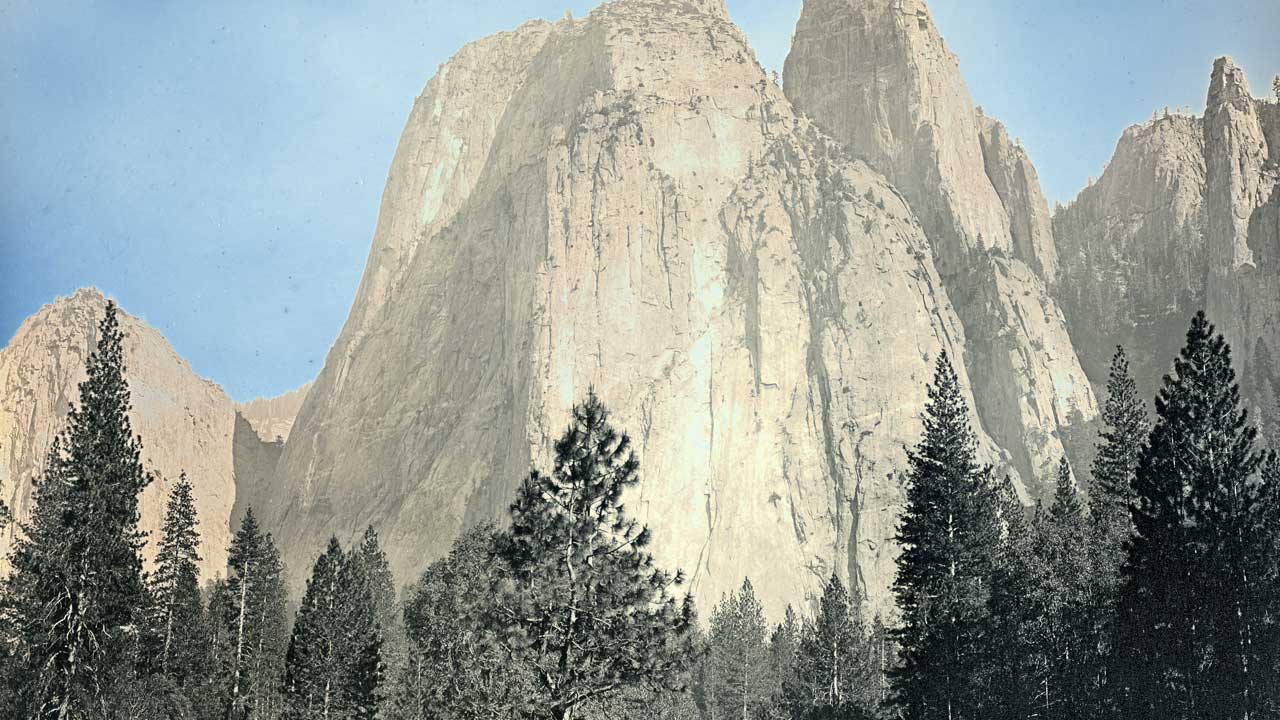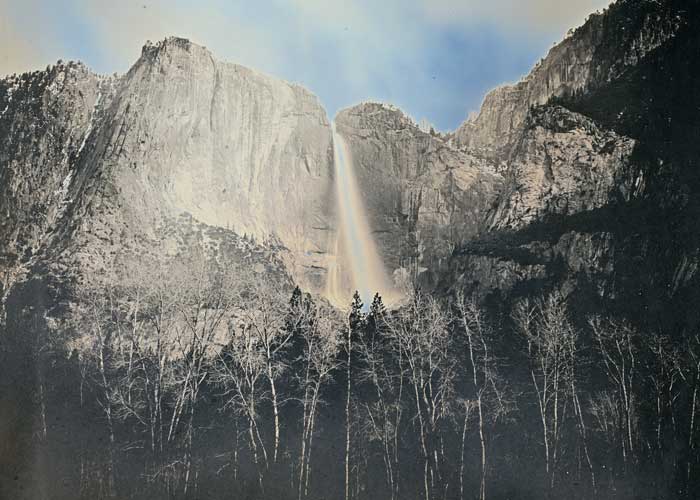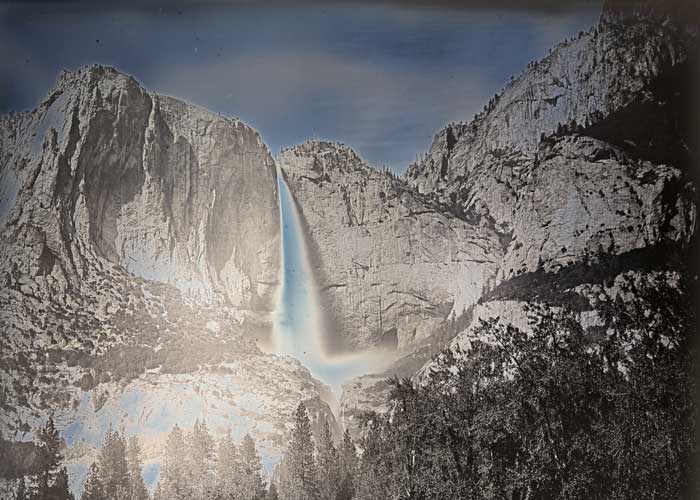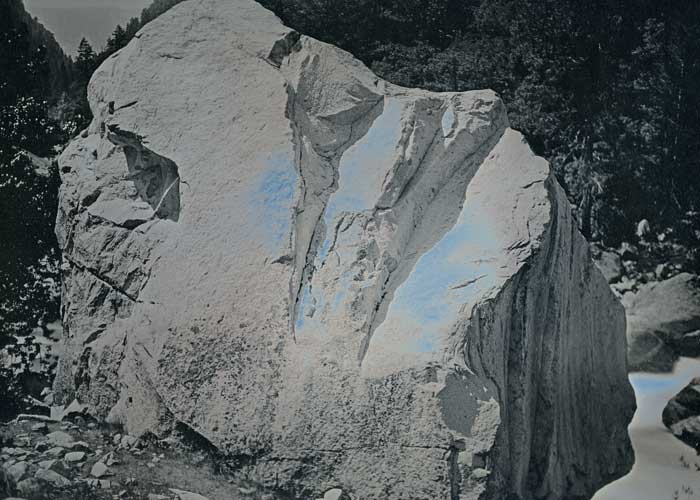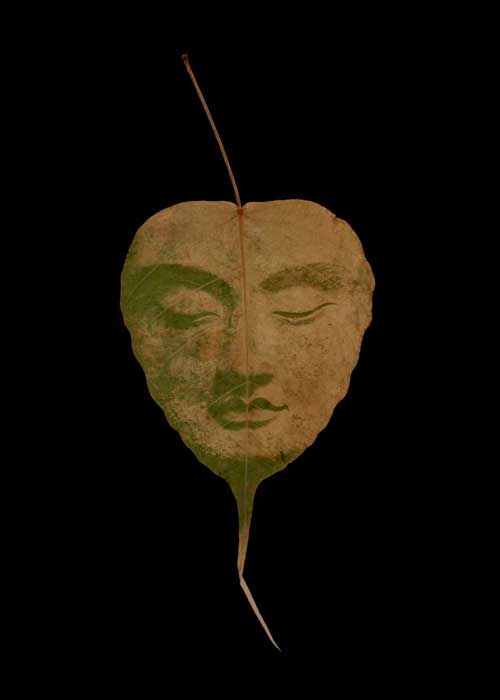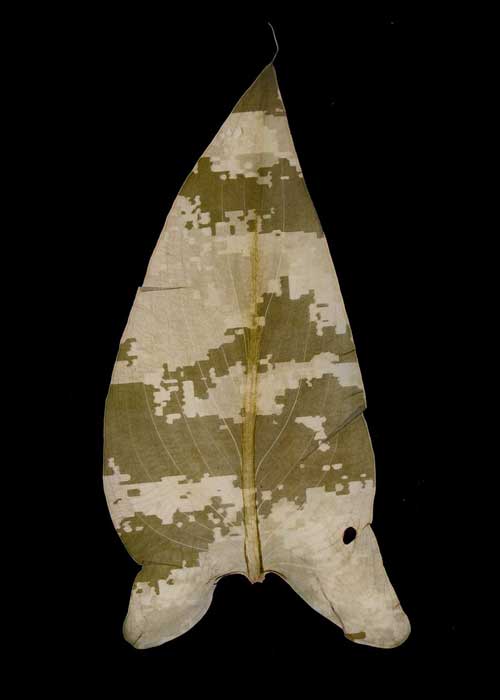content body
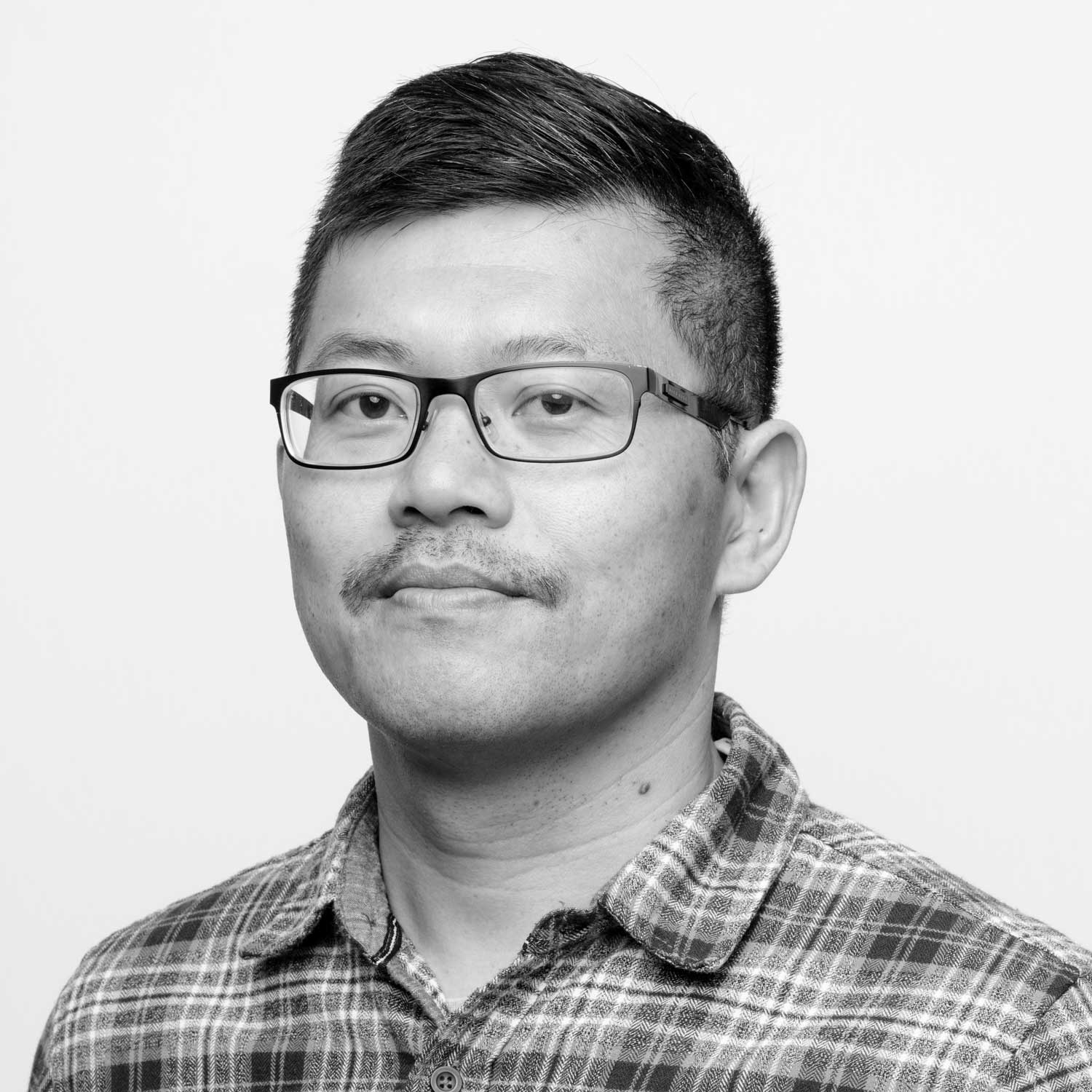
Binh Danh. Photo: Erin de Jauregui
The Jule Collins Smith Museum of Fine Art at Auburn University is pleased to announce that artist Binh Danh is the inaugural recipient of the William Collins Smith Auburn Award for Advancing American Art. The $25,000 annual award, presented by the museum beginning in 2024, honors an American artist or scholar-practitioner who has significantly impacted the American art scene in the spirit of the university's modernist collection strength, grounded in creativity, innovation and experimentation. Funded by a transformational gift from the Julia and Albert Smith Foundation, the award also honors the legacy of advisory board chair emeritus William Collins Smith, whose support significantly advanced his mother’s vision of a campus art museum that contributes to an exceptional student experience. The recipient also visits Auburn in October to engage with students, faculty and the community as a part of a residency.
The Selection Process
The museum convened an independent panel of museum professionals from across the country, including Janet Dees, Steven and Lisa Munster Tananbaum Curator of Modern and Contemporary Art at The Block Museum of Art, Northwestern University; David Odo, director of the Georgia Museum of Art, The University of Georgia; and Isra El-Beshir, director of museums, Washington and Lee University. Each provided names of living visual artists whose work demonstrated individualism, creativity and inventiveness, freedom of expression, and experimentation, and those widely exhibited, collected and published. The jurors unanimously agreed upon Danh's nomination to museum leadership at Auburn.
Danh delves into the connections between history, identity and place by reconfiguring traditional photographic techniques and processes in unconventional ways. Noted for his contemporary daguerreotypes of national parks, his works present reflective surfaces to viewers that enable people of all backgrounds to see themselves as a part of the beauty of the American landscape. His work is included in the Fine Arts Museums of San Francisco, the Museum of Fine Arts, Boston, the National Gallery of Art, Washington, the San Francisco Museum of Modern Art and the San José Museum of Art, among others. Additionally, he is an associate professor at San José State University.
Catalytic Engagement
“Binh Danh’s art echoes the explorations of belonging and the American experience by modernists represented in the university art collection, like Yasuo Kuniyoshi, Jacob Lawrence and Ben Shahn,” said Cindi Malinick, museum executive director. “By interacting with living artists and their work, students gain a deeper understanding of contemporary art, its social and cultural implications and perspectives that shape the world.”
Malinick added that Danh’s campus visit is relevant not only to humanities disciplines but also to biology and chemistry, technology, environmental studies and sociology.
Emigrating from Vietnam in 1979 with his family, Danh gained early critical acclaim for his chlorophyll prints inspired by his heritage. He used photosynthesis to print archival images and portraits of Vietnamese and U.S. soldiers onto leaves and grasses, drawing connections to the conflict and its impact on people and the landscape.
“His innovative work pushes the boundaries of photographic practice, both conceptually and through his techniques and methods,” said David Odo, director of The Georgia Museum and juror for the award. “I’m thrilled for Binh and excited for new audiences to discover his work.”
Danh’s latest work documents U.S. landscapes, cityscapes, and historical moments, often with dual meanings, using 19th-century technology: daguerreotypes. These photographs are created by capturing light on a polished metal plate and developing it with chemicals and heat. His renderings of Yosemite National Park parallel nature’s glory and national pride along with the plight of Indigenous people and investigate ideas around naturalized or multicultural citizens’ sense of belonging. Danh said the award funds will expand his work in this area and allow him to pursue new ones.
“Every photograph is like a time capsule,” said Danh. “Every time I take a picture, I think about people in the future, looking at the work. That’s always so fascinating that this object becomes something about the past, the present and the future.”
All images by Binh Danh. Courtesy of the artist.
Collaborate with The Jule
Curious about how the museum and its collection are utilized for teaching and research? Contact us to discuss Danh's upcoming visit or other campus resources.
Learn More


